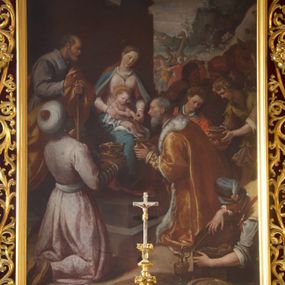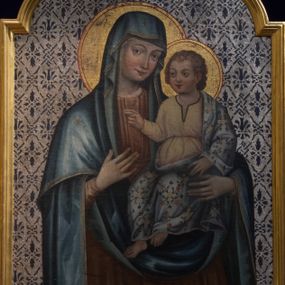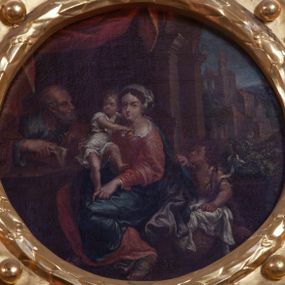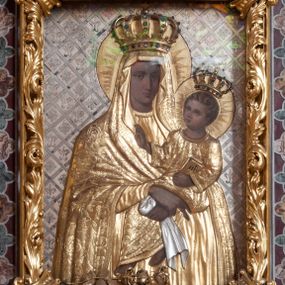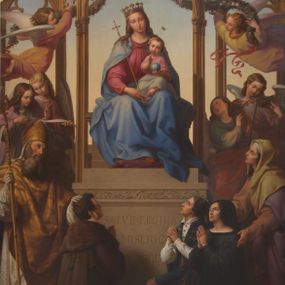
Krzeszowice
Elaboration author
Artur Karpacz
Monuments
Parishes
People
History abstract
From the second half of the 13th century to 1555 Krzeszowice was owned by the Cracow bishopric. With time, the Tęczyński family of the Topór coat of arms from nearby Rudno, began to gradually gather land in the village. In 1496 they bought the village and accumulated most of the land in Krzeszowice. In 1637 the village with its prosperous manor and paper mill became the property of the Opaliński family, and in the following century it was taken over by the Sieniawski and Czartoryski families respectively. The village became famous for the healing properties of mineral waters and the health resort built by August Czartoryski at the end of the 18th century. The father's work was continued by his daughter Izabela, who redesigned the walking park and funded the existing Foksal palace. She bequeathed her estate to her two grandchildren, from whom Arthur received Krzeszowice. After he married Zofia Branicka, the newlyweds planned to erect a magnificent neo-Gothic palace and church designed by the famous German architect Karl Friedrich Schinkel (only the second building was completed). The residence was completed only at the beginning of the 1860s, but it was built in the Italian Neo-Renaissance style (according to the idea of Francis Maria Lanci). During this period, Arthur's son Adam became involved in the national liberation movements during the Cracow Uprising and the Spring of Nations, for which he was imprisoned for many months. The Potocki family turned out to be exceptionally efficient administrators of a vast estate reaching as far as Kiev. Despite such vast areas of land, they made much effort to develop Krzeszowice, including modernising the health resort, supporting local businesses and factories or granting occasional loans and credits for construction purposes. Undoubtedly, the greatest tragedy in the family was the murder of the heir, Andrzej Kazimierz, in 1908 by a Ukrainian nationalist. His funeral in the parish church in Krzeszowice gathered thousands of inhabitants of the region and the most important state and church dignitaries of the whole Galicia. Due to its location behind the front line, World War I did not cause any particular losses in the region. In the interwar period, there were around 3 people living in Krzeszowice. The most notable group were Jews. In 1924 Krzeszowice was granted a town charter, and subsequent local government elections were dominated by pro-government and socialist parties. Most of the inhabitants still made a living from agriculture and craftsmanship, working mainly in the Estate Administration of the Potocki counts or in local industrial plants and factories. Numerous financial institutions, sports organisations and Jewish associations were established. During the next armed conflict, the estate with the palace was taken over by the governor general Hans Frank, who chose it for his summer residence. After the war, the dukes lost all their estates and their former residence was converted into the State School for war orphans. In 1967, the former health resort buildings were converted into the Mining Rehabilitation Centre for Motor Organs.
Historic maps
How to cite?
Artur Karpacz, "Krzeszowice", [in:] "The Sacred Lesser Poland Heritage", 2026, source: https://sdm.upjp2.edu.pl/en/places/krzeszowice-1
